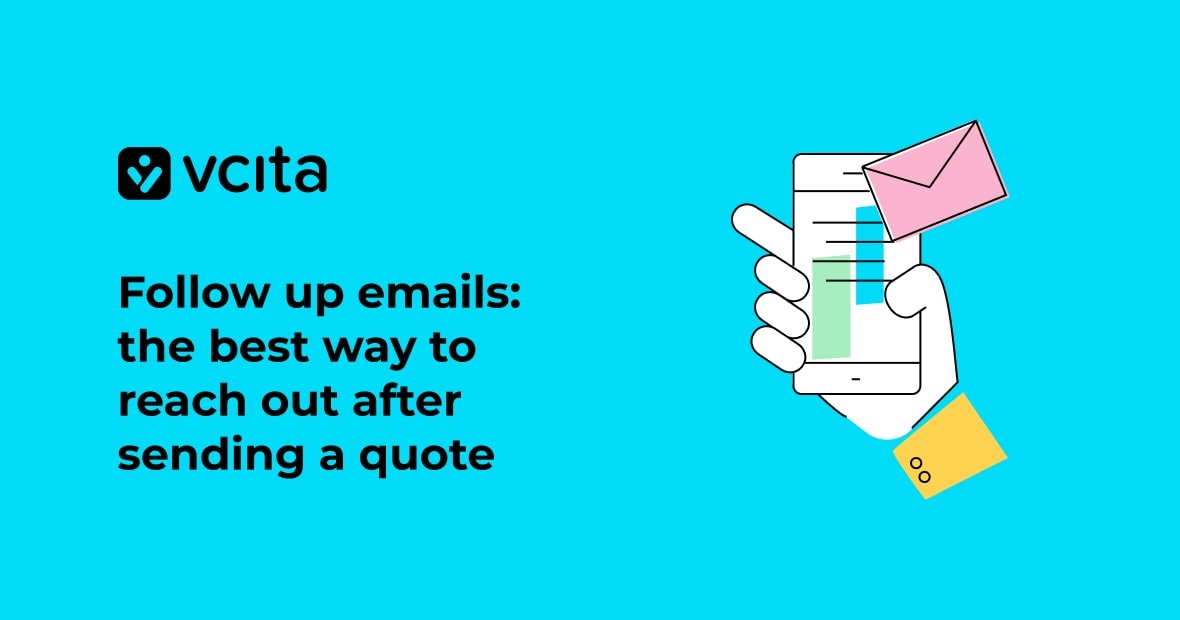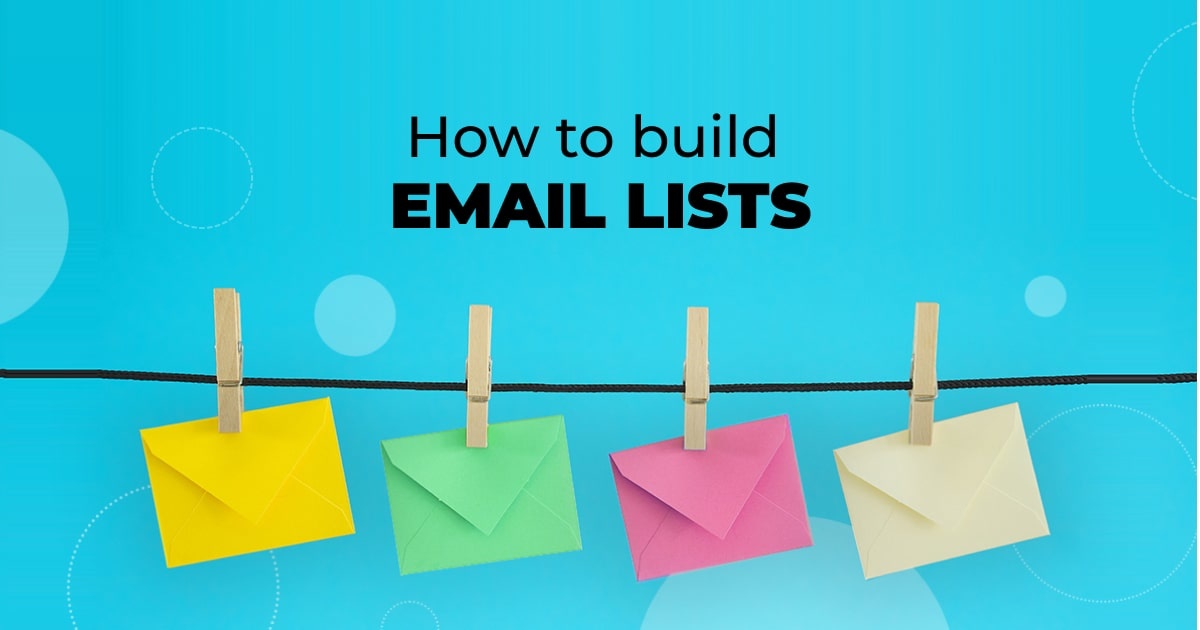Despite the overwhelming growth of social media use, the most common and convenient way a business may communicate with its clients is still via email. Most Internet users today have an email address and they often subscribe to receive email promotions from brands.
This makes it a great marketing space, be it to your existing clients or prospects – as long as they explicitly agree to receive your marketing. Email also gives enough room to demonstrate your brand’s positive personality, establish closer relationships with clients, and ultimately grow your ROI.
Rules of etiquette when emailing your clients
With all these emails going about every day, there are some practices in email etiquette that increase the chances of your clients responding positively to your message(s).
1. Addressing the client by name
Clients need to feel like you’re talking directly to them, so including their name shows them you know who you’re speaking to and that you pay attention to them. This may also make them more attentive to reading your words. However, don’t overuse their names or it might become off-putting. It’s enough to use it only once, at the beginning of the email, i.e. in the greeting, to set a good impression. Also, make sure to use the correct pronouns and titles alongside their names.
2. Understanding the client’s point of view
Always try to put yourself in your client’s shoes. This generally refers to responses to clients’ complaints, demands, or otherwise negative messages – even if they’re in the wrong. It may be difficult to keep your cool when the client is berating your business, but it’s important to rise above it. Address them politely and genuinely, show them you empathize with them, and it is sure to make a lasting impression.
3. Being friendly but not overly familiar
The tone of your email message has to be professional yet friendly – to a level. Therefore, try not to be too formal and avoid expressions like “Dear/Respected Sir/Madam” and similar. On the other hand, don’t address them like you’re buddies (even if you are on a friendly basis). This means avoiding non-standard language such as slang, texting acronyms (IMHO, ROFL, and so on), emojis, and, of course, profanity.
4. Making sure they can read it on small screens
Mobile phones have increased in popularity and so has the number of people using them to read their email messages. This means that they expect emails from your business to be mobile-friendly, i.e. readable on the small screens of their mobile phones. Unfortunately, many mobile email clients don’t load images and icons properly, leading to reader frustration. It is therefore advisable that you avoid overloading your email messages with unnecessary images, gifs, logos, and the like, that might display awkwardly and slow loading times.
5. Signing the message from an actual person
People prefer talking to other people than companies. So make sure that you send them emails signed by a real person working in your business, rather than just finishing the message with the name of your business. This will help you connect with the client on a more personal level and they will know who to contact in your business if they need any information in the future.
Examples of proper email communication with clients
Let’s go through some of the hypothetical situations in which you can exercise the above-described etiquette rules.
Answering a client’s query
Responses to clients’ questions should generally be optimistic since you’re relaying positive information to them. The message needs to be to the point – clear and detailed but not overly long. Here’s an example:
Hi [client name],
Thank you for reaching out! To respond to your query about [topic]:
[Write down your answer, providing relevant details about the query].
I hope this answers your question. If you need more details, have any additional questions, or would like to report a problem, don’t hesitate to let me know, I’d be more than happy to assist.
Have a nice day,
[your name]
Responding to a complaint
Not all of the client communication will necessarily be pleasant. Sometimes your client may have a complaint regarding your services and/or employees and you need to make them feel heard. This can be done with a message such as this one:
Hi [client name],
I’m terribly sorry you’ve had such an experience. We always want to make sure our clients get the best possible service and [address a company value related to the issue, e.g. be admitted quickly upon arrival]. [Address the complaint, e.g. “Having you wait for over half an hour for your set appointment is not acceptable.”]
I’ve passed this on to our colleagues – we’ll make sure we learn from this incident and improve. [To show how much we appreciate your time, we’ve applied a 20% discount off your next appointment.] Please let me know if I can assist further in any way.
Thank you for your patience and understanding,
[your name]
Asking for feedback after an appointment
You should always make sure that your client has left your business satisfied and, if not, what you can do to make their experience better in the future. It might be worth adding a quick satisfaction survey to get the information you really need from your clients. Here’s an example of what an email message asking them for feedback after an appointment should look like:
Hi [client name]!
We truly appreciate you trusting us to [service]. I hope you were happy with our service and that everything went well. Feel free to let us know if there were any problems or if there are areas in our service we should improve – you deserve the best possible experience! You can reply to this email or write to [email address].
If you have some time, would you kindly share your experiences in a short survey? Feedback tells us if we’re providing a good service for our clients and we want to hear any concerns or suggestions. If you’re satisfied with our service, we’d appreciate letting us know, as well!
Thank you for your time and we look forward to seeing you again,
Sincerely,
[your name].
Onboarding new clients
An enrollment/onboarding email for your new clients has to be enthusiastic and reassuring, so the client will know they’ve done the right thing in choosing your business. It also needs to bring them up to speed in the best possible way. Here’s an example:
Hi [client name]!
Thank you for choosing our business, we’re thrilled to have you here! I’ll give you all the information you need to know to get you started and ensure you get the most out of our service.
Attached to this email you’ll find a [brochure, PDF, video, etc.] laying out the steps for your enrollment.
The first step is to make sure your account information is complete and up-to-date. Visit our [Help Center] to get detailed information, pointers, and tutorials.
Feel free to contact me if you have any questions.
Best regards,
[your name]
Make an impression with your emails
Adhering to some basic etiquette rules when writing emails to your clients might not seem like much, but trust us – it’s the little things that count and that will get you far. Hopefully, the above tips will help you write better emails to your customers or make the necessary changes if your messages just don’t seem to make an impression. If you need help with creating and implementing your email marketing strategy, vcita can help you out. Good luck!




























